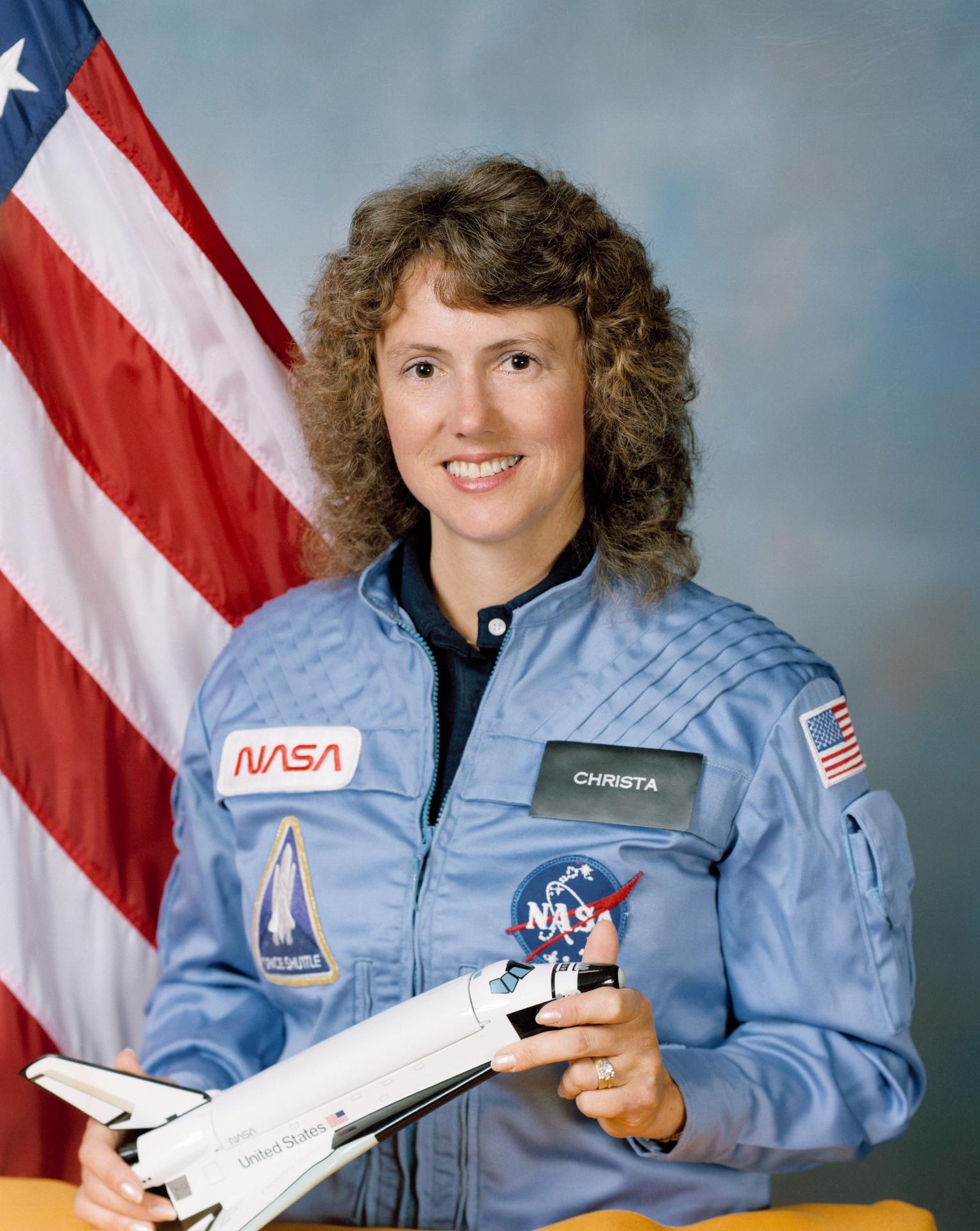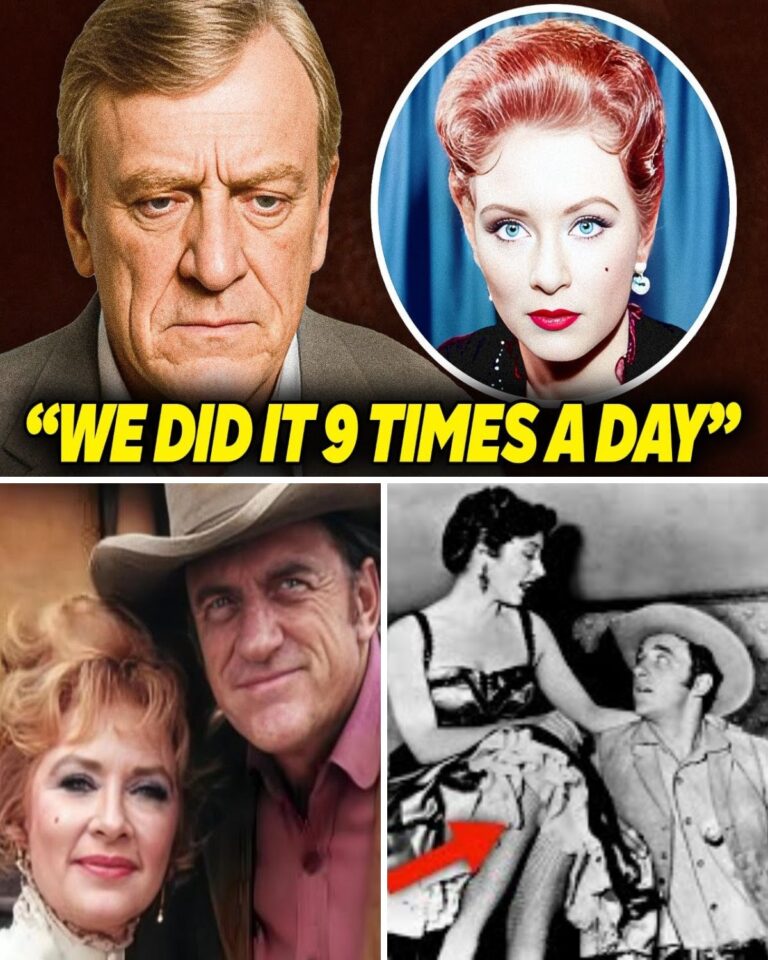On January 28, 1986, millions of Americans watched in horror as the Space Shuttle Challenger broke apart just 73 seconds after liftoff, killing all seven astronauts on board — including Christa McAuliffe, the first teacher selected to fly into space. What most remember is the explosion; what few realize is how much this tragedy reshaped NASA, engineering ethics, and the future of spaceflight.
The disaster was not a random accident. Engineers at Morton Thiokol, the contractor responsible for the shuttle’s solid rocket boosters, had repeatedly warned that the rubber O-rings sealing the rocket joints could fail in cold weather. On the eve of the launch, as Florida temperatures hovered near freezing, they urged NASA to delay. But under immense political and public pressure to proceed — especially with a live broadcast planned and President Reagan’s State of the Union address approaching — NASA managers decided to go ahead.
Seventy-three seconds after liftoff, their worst fears came true. The right booster’s O-ring failed, allowing superheated gases to burn through the external fuel tank. The fiery cloud that the world saw on television was not a true explosion, but the shuttle’s structural breakup under massive aerodynamic stress. Investigators later determined that the crew cabin remained intact for the entire two-and-a-half-minute fall into the Atlantic Ocean. Evidence from recovered switches indicated that at least some astronauts were conscious and tried to activate emergency systems before impact.
The Rogers Commission, led by former Secretary of State William Rogers and Nobel Prize–winning physicist Richard Feynman, revealed that the tragedy was not just a technical failure but a collapse of communication and culture within NASA. Feynman famously demonstrated the O-ring’s weakness on live television by dropping one into a glass of ice water, showing how cold rendered it brittle and useless. The Commission’s findings forced NASA to confront deep flaws in its decision-making process, especially the tendency to ignore engineers’ warnings in favor of schedule and image.
The disaster grounded the shuttle program for nearly three years, leading to sweeping reforms in safety protocols, engineering review, and management culture. From that point forward, NASA emphasized what it called a “speak-up” culture, where dissenting voices would be heard and respected. The Challenger crew’s sacrifice became the catalyst for systemic change — a tragic but vital turning point in the history of space exploration.
Decades later, in 2022, divers off the Florida coast accidentally discovered a large section of Challenger’s wreckage while filming a documentary. NASA confirmed the find, calling it a powerful reminder of the courage of the seven astronauts who gave their lives in the pursuit of discovery. Their legacy endures not only in the lessons learned but in the spirit of human exploration itself — a reminder that progress often comes at a painful price, and that courage sometimes burns brightest just before the fall.






